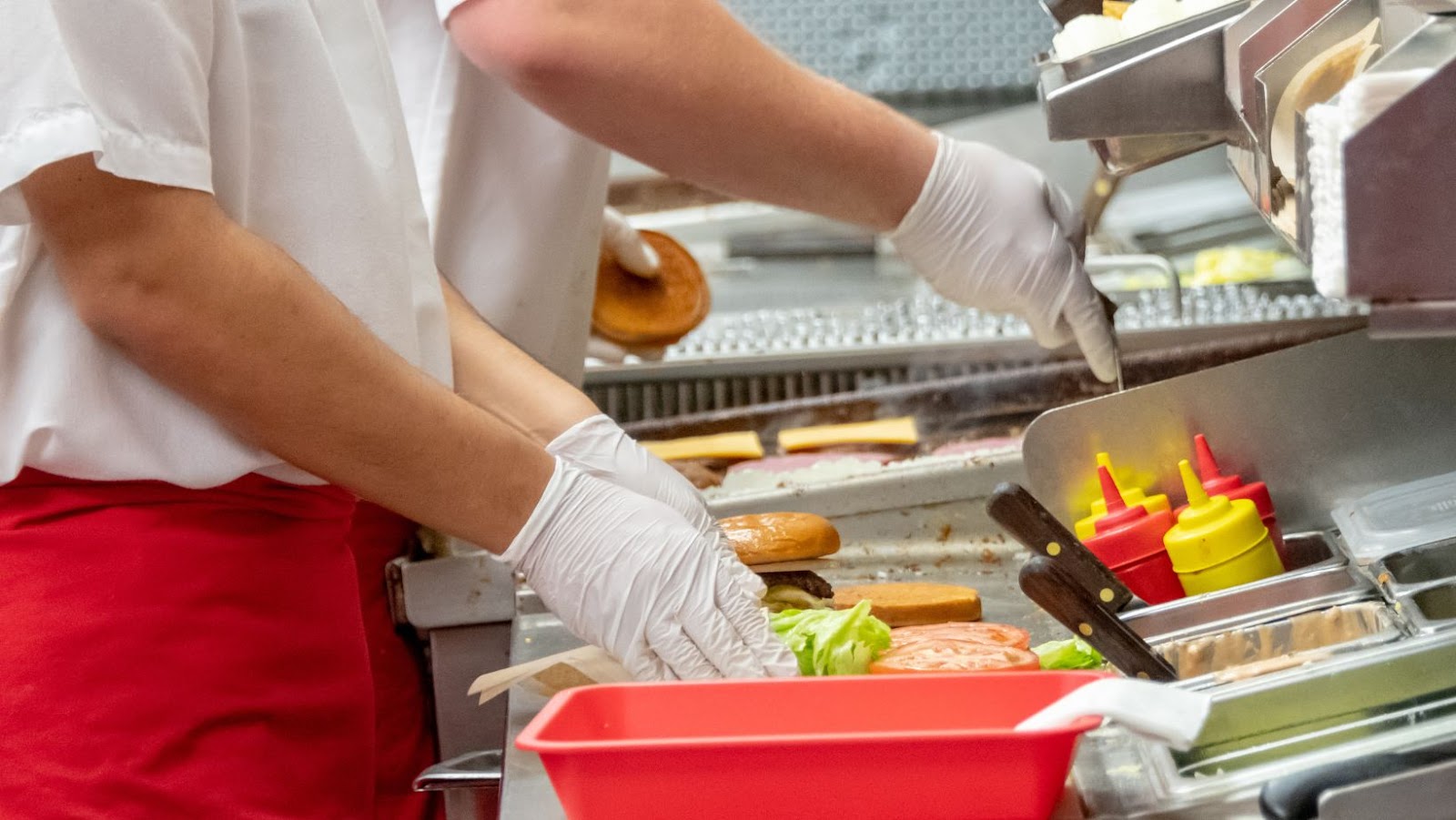Fast food has become a staple in the modern diet, its presence felt in every corner of the globe. But have you ever paused to ponder where it all began? Which establishment first served up the quick, convenient meals we’ve come to know and love?
This article takes you on a journey back in time, to the birthplace of fast food. We’ll uncover the origins of this billion-dollar industry and reveal the trailblazer that started it all. So, buckle up and prepare for a fascinating ride into the history of the world’s first fast food restaurant.
What Was The First Fast Food Restaurant In The World
Tracing the Roots: A Brief History
Fast food, in its simplest form, refers to meals that are prepared quickly and served for on-the-go consumption. Despite being a prominent part of modern American life, it doesn’t find its roots in the USA. It instead traces back across the Atlantic, to the British Isles. Aired in 1860, a fish and chips shop in London stands as the first fast-food restaurant in the world. Notably known as Malin’s, it paved the path for the industry specializing in handy, inexpensive cuisine.
Following two decades later, in United States soil, a vendor served quickly prepared sausage-based meals to factory workers in Chicago. Its quick assemble and serve nature led to it being regarded as the first American-based fast-food establishment.
Defining Fast Food: Criteria for the Title
For a restaurant to qualify as a fast-food establishment, it must meet a few benchmarks. One, meals must be prepared and served within a significantly short period, typically under 7 minutes. Two, it commonly involves takeaway or drive-thru service elements, emphasizing portability and convenience. Three, the restaurant uses pre-processed or pre-heated ingredients to ramp up service speed.
In line with these parameters, a fast-food restaurant doesn’t merely offer a dining experience. It offers a particular type of service – a quick, convenient way to satiate hunger, tailored for the pace of the modern world. Under these strict categorizations, Malin’s in London claims the title of the world’s first fast-food restaurant.
 The Contenders for the First Fast Food Restaurant
The Contenders for the First Fast Food Restaurant
While Malin’s in London has the distinction of being the first known fast-food restaurant, several establishments in the United States have made significant contributions to the fast-food industry. Let’s examine two American heavyweights: White Castle and A&W, and consider an honorable mention for other early innovators.
White Castle: Paving the Way in 1921
White Castle, founded in 1921, set new direction in U.S. fast-food industry with its innovative strategies. It blended speedy service, standardized food preparation techniques, and unique selling propositions, making it a breakthrough in the industry. This restaurant’s transparent kitchen layout, where customers could watch their meals being prepared, promoted a sense of trust. Doing so, White Castle changed the game, influencing a surge in the creation of fast-food chains.
A&W: A Frothy Competitor Since 1919?
Just two years before White Castle’s inception, A&W sprung up as a contender. In 1919, it began offering root beer, burgers, and hot dogs. A&W’s focus on the drive-in concept provided speed, convenience, and car-based dining which catered to the budding automotive culture in America at the time. This marked the beginning of a new dining experience, making A&W a trailblazing fast-food establishment.
Core Elements of Fast Food Evolution
So, it’s clear that the roots of fast food stretch back to Malin’s in 1860s London. Yet, it’s also evident that the American fast food industry played a pivotal role in shaping the concept as we know it today. Key players like White Castle and A&W brought about significant changes with their innovative approaches to service and dining. They helped to mold an industry that’s now a staple of global culture. The likes of Automat and Horn & Hardart also deserve recognition for their contributions to fast food’s evolution. So while Malin’s holds the title of the first fast-food restaurant, the industry’s growth and development is a testament to the collective efforts of many trailblazers. It’s their vision and ingenuity that have given us the fast, convenient, and affordable dining options we enjoy today.